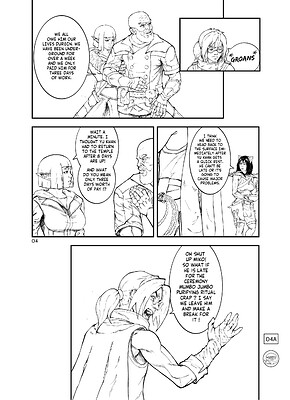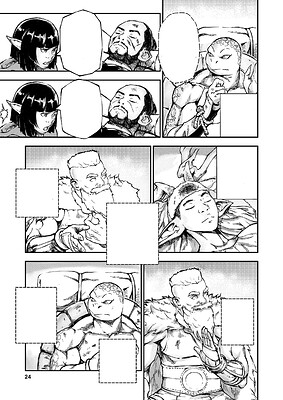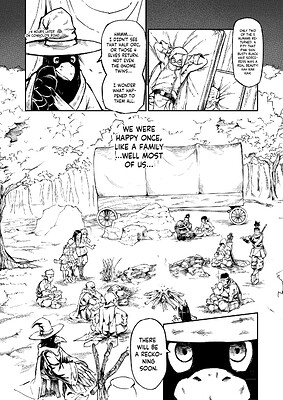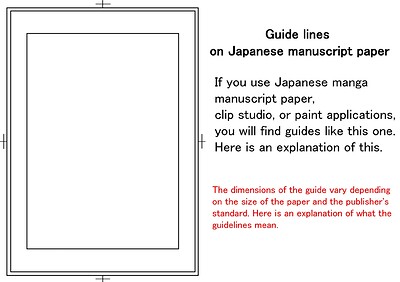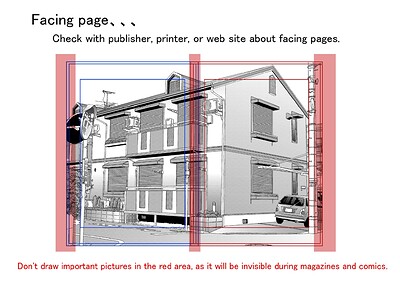So I will be working on a comic panel creation oriented tool and since I want to make it all the best and most flexible it can be, I thought it would be best to ask here for requests.
I need:
- examples of your most complex comic pages, if you’re making a comic (for example panels being over each other, content of one layer going out of the frame, background being another panel etc.), you can also give examples made by someone else (make sure to link to the image or website and not just embed it)
- description of your workflow (like, first you do this, then you do this, and you use this and that feature for that)
- your needs in creating comic panels (what is it that takes you the most time when making frames? what is the most inconvenient?)
- your wishes for what you think would be really good to have (is there something (artisitc) you are not able to do now, because it’s hard to do with existing tools, but would like to?)
- your ideas for how it could work overall
How to get A+ for your comment
As in, how to make your comment extraordinarily useful.
- idea for how it could work implementation-wise (you know how layers work in Krita in general, how could panel layer work in that context?)
- priorities for features (some features are obviously more needed than others, some are less obvious, tell me which one you’d like to get first, and which one you can live without)
Current basic idea of the comic panel thingy:
- it would be probably a new type of layer
- there would be a knife tool as well, to slash one panel into two panels (possibly it could work with other vector shapes as well)
- I want to make it non-destructive, so you can change the panels sizes and shapes even after you already painted all content
- I want to make it trivial to not go out of the frame (using a mechanism similar to alpha lock/inherit alpha/clipping mask)
- I want to make drawn borders optional, and for the user to be able to draw the border themselves using brushes (either like how assistants work or how stroke selection works)
Rules for discussion:
- do not say “please just do it like in this software”, you can only do so if you add “but with this change that would improve the functionality” - I do research other programs in that regard, and I agree CSP is really good already, but I do want to explore new ideas as well. So saying “do this like in CSP” will be just redundant. (you can mention other software if it’s not CSP or Medibang, then I’ll check that other one too).
- keep to the topic: don’t talk about comic bubbles, text tool, big long webcomics, Comic Manager etc. That will be a topic for another day.
Thanks!
CC @Deevad














